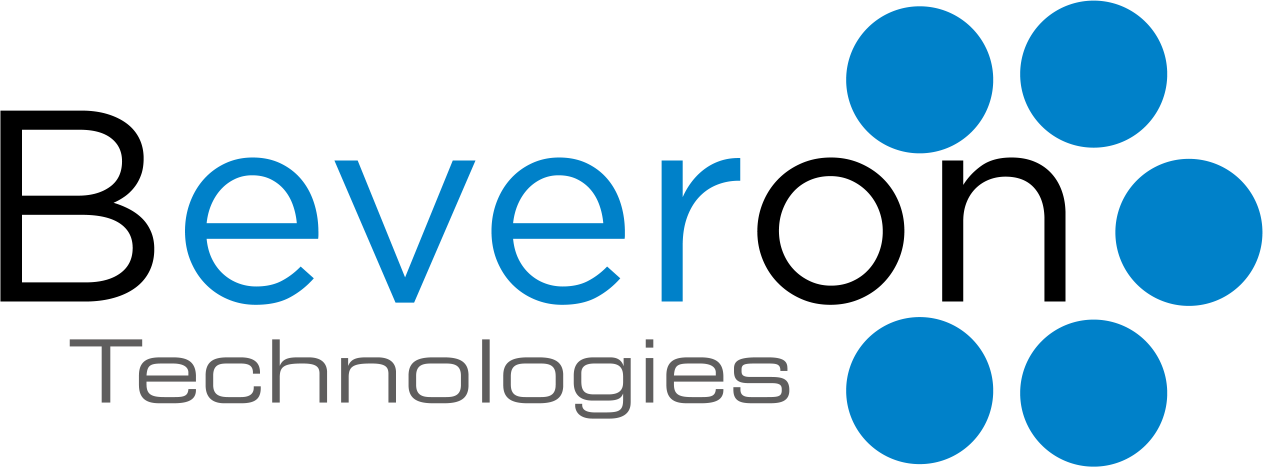

Beveron Smart Lawyer Office is the leading law firm software in Turkey, designed to streamline case ...

Beveron’s Smart Lawyer Office is the leading law firm software in Thailand, offering powerful tool...

Beveron Smart Lawyer Office is the leading law firm software in Tanzania, offering secure, efficient...

In today's fast-paced business landscape, organizations are constantly seeking ways to streamline their operations, improve efficiency, and enhance customer satisfaction. One powerful tool in achieving these goals is case management automation. By automating repetitive tasks and optimizing processes, case management automation not only reduces manual workload but also significantly impacts an organization's return on investment (ROI). In this blog post, we'll delve into the concept of measuring ROI in case management automation, exploring the benefits and key metrics that help organizations quantify the value of this transformative technology.
Before diving into ROI measurement, it's crucial to understand what case management automation entails. Case management refers to the handling of various cases, incidents, or tasks that require systematic tracking, processing, and resolution. These cases can be customer service inquiries, support tickets, legal cases, or virtually any business process that involves multiple steps and stakeholders.
Automation, in this context, means using technology to streamline and optimize these processes. This can involve the use of workflow automation, artificial intelligence, and machine learning to manage tasks, prioritize work, and provide insights for better decision-making. The ultimate goal is to improve efficiency, accuracy, and consistency while reducing manual efforts and errors.
Now, let's explore how to quantify the benefits of case management automation and calculate its ROI:
Cost Reduction: One of the most tangible benefits of automation is the reduction in operational costs. Calculate the cost savings by comparing the expenses associated with manual case management (e.g., labor costs, paper, and office supplies) with those of automated systems. Consider factors such as staff time saved and the potential for reallocating resources to more value-added tasks.
Improved Efficiency: Automation eliminates time-consuming manual tasks and reduces the time it takes to resolve cases. Measure the reduction in the average case handling time and the increase in the number of cases handled within a given time frame. This demonstrates how automation can improve overall operational efficiency.
Enhanced Accuracy: Automation reduces human errors and ensures consistent adherence to predefined processes. Calculate the potential cost savings resulting from error reduction and the avoidance of costly mistakes, such as legal or compliance violations.
Increased Customer Satisfaction: Automation can lead to faster response times and improved service quality. Collect customer feedback and measure changes in customer satisfaction scores, Net Promoter Scores (NPS), or customer retention rates to gauge the impact on customer relationships and loyalty.
Scalability: Consider the ease with which an automated case management system can scale to handle increased volumes of cases without a proportional increase in resources. Scalability ensures that the organization can grow without incurring significant additional costs.
Compliance and Risk Mitigation: Automation can help ensure that cases are handled in accordance with regulatory requirements and company policies. Calculate the potential cost savings related to reduced regulatory fines, penalties, and litigation risks.
Business Intelligence and Insights: Automation systems can provide valuable data and insights into case trends, bottlenecks, and areas for improvement. Measure the value of these insights in terms of their impact on decision-making and strategic planning.
Calculating ROI
To calculate the ROI of case management automation, use the following formula:
ROI (%) = [(Net Benefit / Cost of Investment) x 100]
Net Benefit = Total benefits gained - Total costs incurred
Cost of Investment = Initial implementation costs + ongoing maintenance and support costs
Remember to factor in both the short-term and long-term benefits and costs associated with case management automation.
Case management automation is a powerful tool that can transform the way organizations handle cases, improve efficiency, and enhance customer satisfaction. Measuring the ROI of this technology is crucial to justify the investment and make informed decisions. By quantifying cost reductions, improved efficiency, accuracy, customer satisfaction, scalability, and risk mitigation, organizations can assess the tangible and intangible benefits of case management automation. With the right metrics and calculations in place, organizations can confidently embrace automation as a strategic investment in their future success.
Smart Lawyer office is the best case management software provides a wide array of features designed to improve and simplify the management of cases. It encompasses intuitive and user-friendly interfaces, automates the assignment and monitoring of tasks, allows for customizable workflows, integrates communication tools, offers document management capabilities, ensures secure data storage, and provides robust reporting and analytical tools
Best case management software in Nigeria
Best case mmanagement software in India
Best case management software in UAE
If you need demo on best case management software, please fill the form below